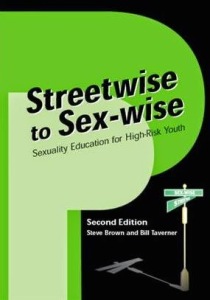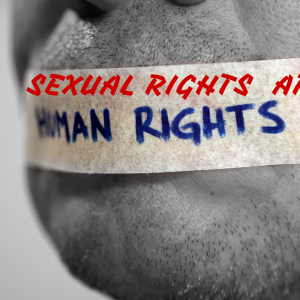 |
| Art by Milliped |
As I mentioned yesterday, today I’m going to dive into Streetwise to Sexwise. It was last updated in 2001, and is ready for a make-over. I’m beginning to work with the author, Steve Brown, as his editor for the Third Edition and I’m really excited about it. There is so much good material already here, it just needs a little facelift to bring it up-to-date.I want to introduce you to a lesson titled Sexual Abuse: What You Need To Know: Child Sexual Abuse. This lesson is included, in slightly different ways, in the lesson plans for both younger and older teens. The title could use a little tightening up, but the content is fantastic.
_____________________________________________________________________
Sexual Abuse: What You Need To Know: Child Sexual Abuse
By Steve Brown and Bill Taverner
Objectives:
Participants will:
1. Understand five important characteristics of child sexual abuse.
2. Identify these five key elements in specific scenarios about sexual abuse.
3. Learn the options one has when deciding whether or not to tell someone about sexual abuse.
4. Examine the reasons to tell and the reasons not to tell someone about sexual abuse.
Rationale:
Some experts estimate that one in three girls and one in six boys experience sexual abuse by the time they are 18. Professionals working with high-risk youth estimate that often 70% or more of their population has experienced sexual abuse. In most cases, sexual abuse has significantly short and long-term impact on victims. Treatment is necessary for victims to heal and greatly reduces the likelihood that victims will go on to victimize others. Although some participants have sexual abuse histories known to the educator, many young people have never disclosed their abuse and therefore have not had access to treatment.
This lesson defines sexual abuse, describes how to recognize a sexually abusive situation and examines one’s options when deciding whether to tell. It includes true stories of teen sexual abuse survivors that illustrate the wide range of feelings young people have about sexual abuse.
Note: It is possible that many participants in your group may have experienced sexual abuse at some point in their lives.
For those whose sexual abuse histories are known to you, you may want to let them know in advance that you will be talking about the topic today. Give them the option of attending, sitting out, or leaving in the middle if they feel uncomfortable. Many young survivors find this lesson empowering because it acknowledges their feelings about their own abuse and brings the issue out into the open.
Keep a close eye on those who do not have a known sexual abuse history. Their reaction to the lesson may alert you to the fact that they may have experienced something similar to what is being discussed. Lessons on sexual abuse sometimes give young people permission to disclose their abuse if they are ready. However, disclosure about sexual abuse is usually not a one-time occurrence. It is a process. For example, a young person might hint at some experience, then talk of a single event and eventually reveal that the abuse lasted many years. It is important that the educator gather information about community services for young people who are the victims of sexual abuse and sexual assault. The educator can then make an appropriate referral should a participant disclose abuse.
_____________________________________________________________________
I kept that note in there on purpose. It sits at the bottom of the lesson rationale, in slightly smaller letters in the original, as though it were a little thing. In fact it is far from little. It is notes like these that allow Streetwise to Sexwise to be the manual that young sex educators turn to for advice as well as lessons. These informational asides have much to teach young professionals as well serving as reminders for more seasoned educators which topics and concerns they should keep front and center as they approach a given lesson.
This particular lesson has three painfully real stories of child sexual abuse attached to it along with questions to help both older and younger adolescents grapple with issues like whether to tell. This is no easy processing point, and one that doesn’t have a clear answer to it. As with so many of my favorite lesson plans, this one poses hard situations and hard questions.
Steve Brown is really a master of talking about sexual assault and abuse. He’ll be presenting at the National Sex Ed Conference this year. His workshop is titled “Raising the Bar: Adding a Healthy Sexuality Lens to Sexual Violence Prevention” and is described thusly:
“Sexual violence is about violence, not sex.” This was an important rallying cry of sexual violence prevention (SVP)– but what DOES sexuality have to do with sexual violence? This workshop will explore this question, link the goals of sex ed and SVP, discuss trends to promote healthy sexuality in SVP.
This workshop is a topic that all professionals who address topics relating to sex and sexuality could learn so much from.






